This helps you track the overall progress of the pipeline and identify potential issues. The feature branch model, which uses a separate branch for each new feature being developed. The Git flow model, which uses two main branches and several supporting branches for different stages of development. You need to check out the branch you are interested in so you can start working locally on the changes you want to make.

If you still want to execute branch operations on all roots simultaneously, check out the branch with the same name in the rest of the repositories manually. If you’ve closed the notification and later decide you want to restore https://globalcloudteam.com/ a deleted branch, the link will be available in the Notifications tool window until you restart PyCharm. Apart from comparing a branch with the current branch, you can compare it against the local state of the current branch.
Git Tools
Switch to the main branch using the git checkout command, then merge the branch using the git merge command along with the branch name. While you have a local copy of a repository to work with, so do other developers. These developers will have branches they are working on, and they can push their branches to a remote repository. Git knows which branch you have checked out by using a special pointer called HEAD.
- This command lets you delete the branch even if it hasn’t been merged or pushed.
- Different branches within a repository can have completely different files and folders, or it could have everything the same except for some lines of code in a file.
- This allows multiple people to work on different aspects of the project simultaneously.
- If a conflict occurs during the unshelve operation, you will be prompted to merge the changes.
- Repository administrators can additionally enable several other protected branch settings to enforce various workflows before a branch can be merged.
Note the HEAD designator is on the main branch, which is the active branch. The other branches jeff/feature1 and jeff/feature2 point to the same commit when you created them earlier. Both point to the same snapshot as each branch has not had additional commits made to each one since creation. You can create a branch from a previous commit on an existing branch.
Merging Branches to Remote Repository
You can permanently set up your bash output to show your git-branch name. It is very handy when you work with different branches, no need to type $ git status all the time. Even git branch also shows the current branch name along with all existing branch name list. It does not work if HEAD is the same for master and feature branch (e.g. during merge). It returns ‘master’ even if executed on the feature branch.
First, we need to commit to the main branch for Git to understand what the master branch is. So first, commit and then create the development branches. Prior to creating new branches, we want to check for any other existing branches. We know about the master, but who knows what our project collaborators may be up to, those mischievous monkeys?
List All Branches
But in real life, of course, local and remote branches often do have a relationship with each other. For example, a remote branch is often something like the “counterpart” of a local one. As https://globalcloudteam.com/glossary/branch/ I already said in the section about “creating branches” above, it’s not possible to create a new branch on a remote repository. Let’s say we want to create a new file called development.md.
Developing isolated lines of development for two features in branches will enable to operate on them in parallel and make the master branch free from questionable code. Using Git development branches is a pretty great way to work with our application while tracking its versions. In general, a development branch is a bifurcation of the state of code that creates a new path for the evolution of it.
Can I create a branch inside another branch?
You can also see this easily with the git log command. If you run git log –oneline –decorate –graph –all it will print out the history of your commits, showing where your branch pointers are and how your history has diverged. It’s important to note that when you switch branches in Git, files in your working directory will change.

Afterwards, when changes are complete, the developer merges these changes back to the master branch for release. It must be âfullyâ merged, because it may have been merged several times already, but now have commits added since the last merge that are not contained in the other branch. This starts a new branch at the named commit and switches to it. If you have conflicting uncommitted changes, though, you will have to deal with them first. If you want to create the new branch but not switch to it, use git branch simon instead.
Create a Branch from a Tag
To apply the entire file contents to the current branch, click . If you want to check how a branch has diverged from the current branch, you can compare them. In the dialog that opens, change the branch name to the one you need.
9 GitHub alternatives you’ll want to try for your next project – Android Police
9 GitHub alternatives you’ll want to try for your next project.
Posted: Sat, 06 May 2023 07:00:00 GMT [source]
For more information, see “About commit signature verification” and “About protected branches.” You can change the default branch for an existing repository. For more information, see “Changing the default branch.” Git is one of the most widely used DevOps tools for handling collaborative projects of various scales.
Trunk-based development
Git branches are an essential part of everyday workflow. Git does not copy files from one directory to another, it stores the branch as a reference to a commit. In this document we discussed Git’s branching behavior and the git branch command. The git branch commands primary functions are to create, list, rename and delete branches. To operate further on the resulting branches the command is commonly used with other commands like git checkout. Learn more about git checkout branch operations; such as switching branches and merging branches, on the git checkout page.

